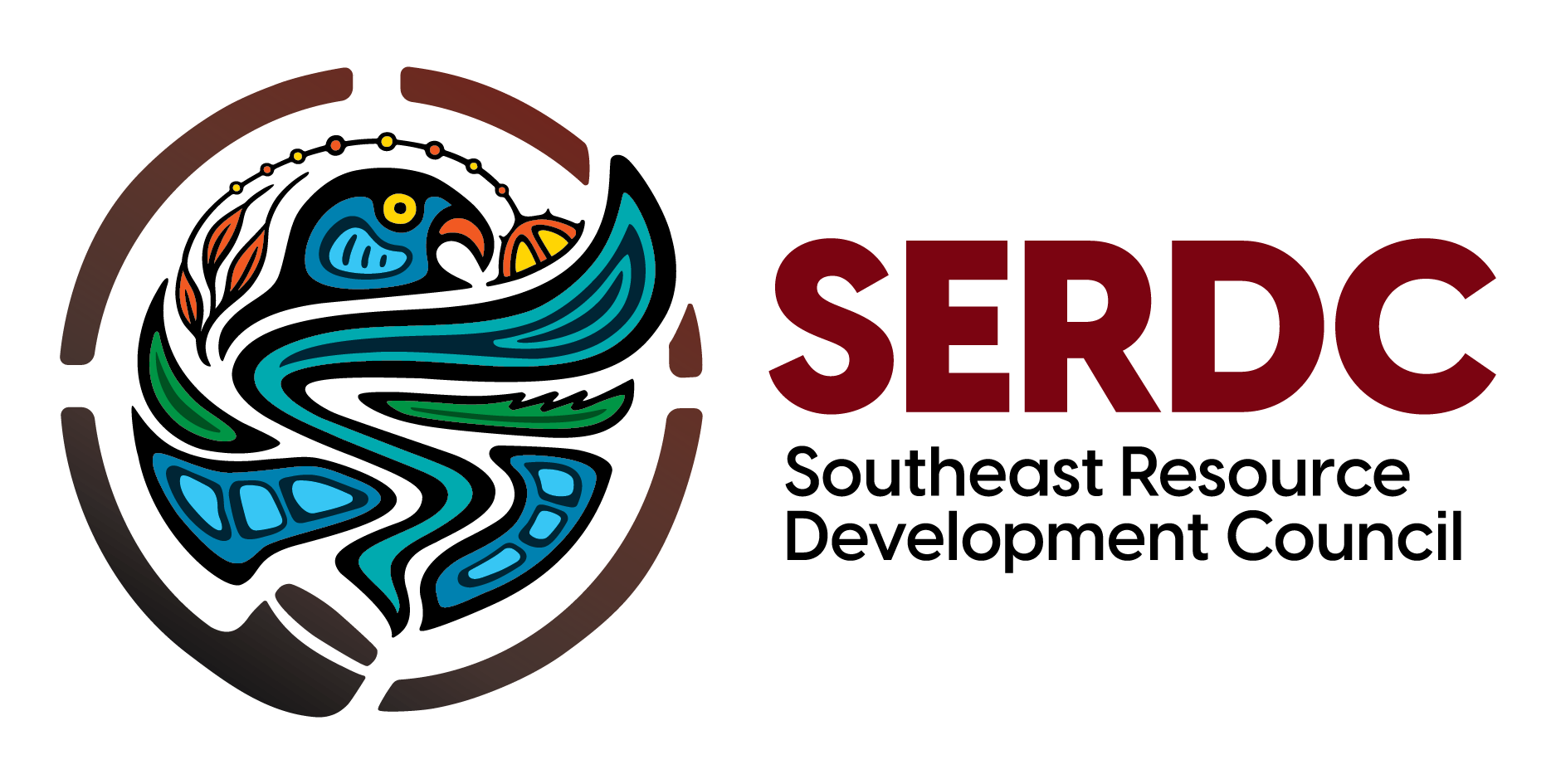Project Objectives
The objective of this project is to develop a comprehensive and culturally grounded business plan that will serve as a strategic roadmap for the development, launch, and long-term sustainability of a First Nations-owned and operated substance use healing and recovery facility and operations model. The business plan will guide funding applications, infrastructure investment, partnership development, and service delivery across all eight member communities.
The following stages of development have been completed by SERDC in collaboration with regional stakeholders and will be shared with the selected Consultant for the purpose of completing the business plan:
- Community and stakeholder engagement
The comprehensive multi-stakeholder engagement process was undertaken by regional entities including health, social services, community healing and wellness programs, leadership, youth and elders. - Data collection and needs assessment
Regionally-collected multi-stakeholder engagement data (quantitative and qualitative), including raw data, report and executive summary were completed by regional entities.
The consultant is responsible for the development of the business plan and options for program service delivery with corresponding costs which shall include:
- Development of a Culturally Responsive Service Model
Design a service delivery framework that integrates Indigenous healing practices, land-based programming, language and spiritual components, and trauma-informed clinical supports. - Determining Capital and Operating Requirements
Provide detailed projections for capital expenditures (land, construction, renovations or lease, equipment), start-up costs, marketing plan and ongoing operational expenses including staffing, overhead, programming, and administration. - Identifying Long-Term Funding Strategies
Identify and analyze diverse and sustainable funding sources and develop a financing plan iuding federal/provincial contributions, grants, health transfer agreements, social enterprise models, insurance billing options, partnerships with other existing organizations, philanthropic partnerships, and community investment strategies. - Developing a Sustainability Framework
Include a long-term financial sustainability plan with a five-year forecast, including scenarios for revenue generation, cost recovery, and reinvestment into programming. Identify opportunities for scalability and infrastructure growth based on future demand. - Creating an Implementation Plan
Provide a phased implementation plan with key milestones, timelines, regulatory requirements, risk analysis, and performance indicators to measure outcomes, impact, and success over time. - Supporting Advocacy and Strategic Partnerships
Provide tools and messaging to support advocacy with government and health funders. Identify potential regional, academic, or organizational partners who can support training, evaluation, and knowledge sharing.
